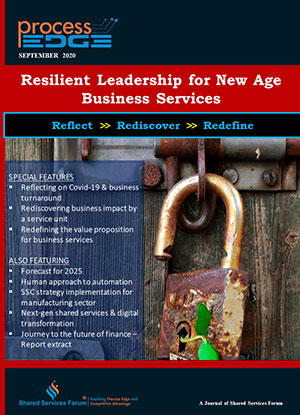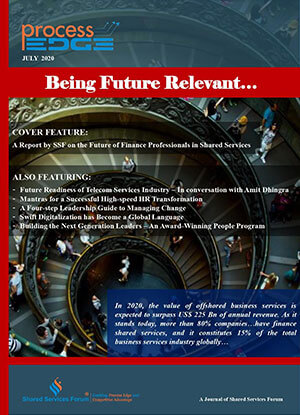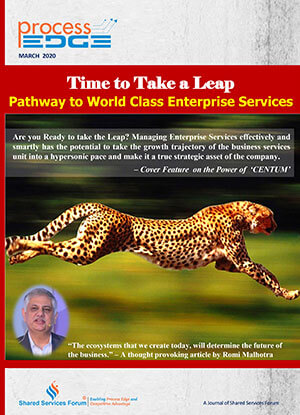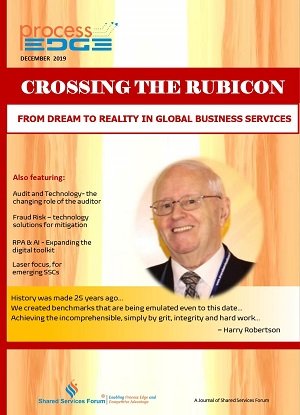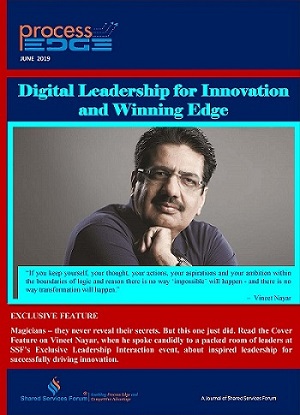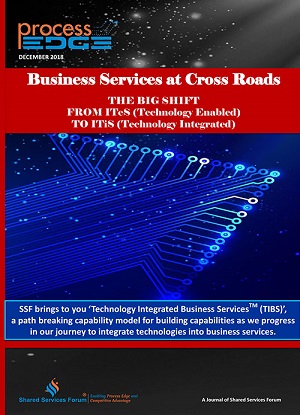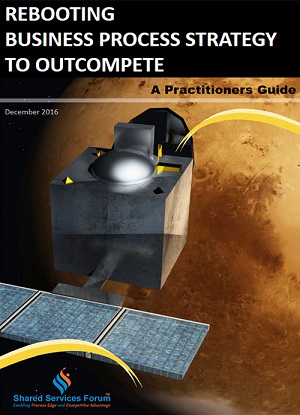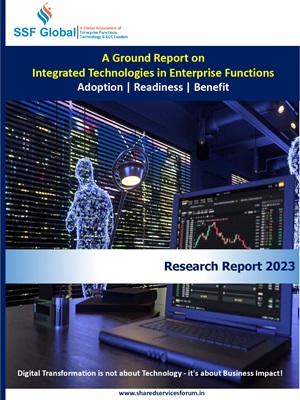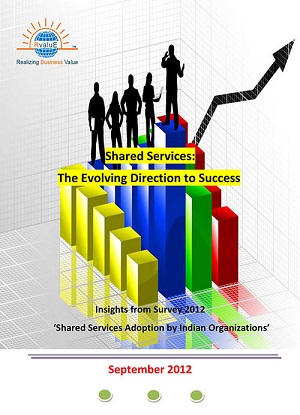
Would you like to start a conversation with other industry leaders to brainstorm a challenge or to just know more on a particular topic?
Engage in online discussions with your Peers
Start Now
By Dee Houchen, Oracle
Information Technology
Published: 2 August 2017
By improving process efficiencies and reducing costs, shared services deliver an average of 8% in annual savings to enterprises worldwide. And although organisations have come a long way in centralising and outsourcing simple tasks, they are constantly striving to refine their shared services models and make them more cost-efficient.
This comes down to further streamlining administrative processes, which is why companies are turning to robotic process automation (RPA) to get the job done. RPA has the potential to fundamentally change the way shared services operate because it allows users to speed up and systemise a range of time consuming jobs like data entry, claims processing and virtually any back-office process that is predictable and repetitive.
The ability to automate processes is not new. Many finance departments use bots to input supplier invoices into their ERP systems rather than doing this manually, for instance. However, CFOs are under greater pressure than ever to cut costs and speed up processes in an uncertain economic climate and RPA is ideally suited to help teams work more efficiently on a large scale.
The ability to sweat legacy systems while uncovering new efficiencies is invaluable to the modern business. Automation is doubly attractive in this regard because its benefits compound with each transaction, so the more processes companies entrust to RPA, the bigger their savings will be.
Working towards lights off processes
With the rise of RPA, companies are once again eyeing a “lights-off” approach to routine shared services tasks. Coupled with new developments in artificial intelligence and machine learning, automation opens up the door to self-supporting operations that can adjust and correct themselves in line with changing business needs.
We are still some time away from fully lights-off processes, however. Some highly specialised outsourcers have had success in this regard, but most companies still work with a disjointed set of legacy processes and data silos, with each department managing tasks independently and in different ways. Standardisation is a prerequisite for success with automation, and until business systemise processes across their organisation with the necessary rigour, any automated tasks will only result in a large mess made more efficiently.
Reinventing the back office
The strongest business cases for RPA in shared services will become apparent as the technology gains machine learning capabilities. As with the predictive maintenance algorithms used by manufacturers to speed up their processes and make them more secure, machine learning algorithms will turn shared services into a “self-aware” function that constantly scrutinises processes and makes recommendations on how to improve them in real-time.
Oracle ERP Dynamic Discounting is an early example of machine learning in practice. The application tracks supplier invoices and highlights those which offer discounts for early payment, allowing finance teams to better prioritise their disbursement.
The benefits of automation to the back office extend beyond time and cost savings. With more tasks running efficiently on their own, HR and Finance teams will be freed up to focus on the higher value demands of their jobs, like business partnering. This will be welcome by HR and Finance leaders, who are under increasing pressure to step out from the cover of the back office and play a larger role in shaping business strategy.
The growing focus on RPA in shared services has also come at a time when many companies are making their transition to the cloud, a process which often begins in the back office as recent research from MIT and Oracle shows. A re-evaluation of shared services models will be a natural extension of this larger transition, and as automation technology becomes more advanced and affordable it will be included in the organisation’s transformation strategy.
The back office has been changing shape for some time, and with the rise of RPA it is poised for a major shake up. Companies that traditionally outsourced shared services may choose to automate and bring them back in house. Others may invest in training their offshore service centres to work with new technologies and take on higher skilled tasks. Whichever the approach businesses take, the back office is clearly on its way to a new look.
Source: 4-traders







